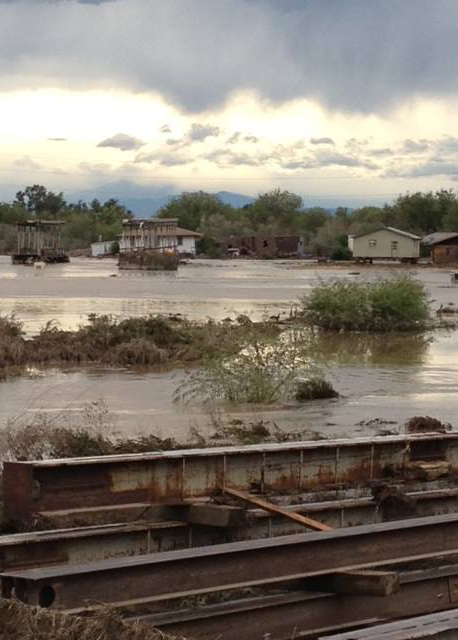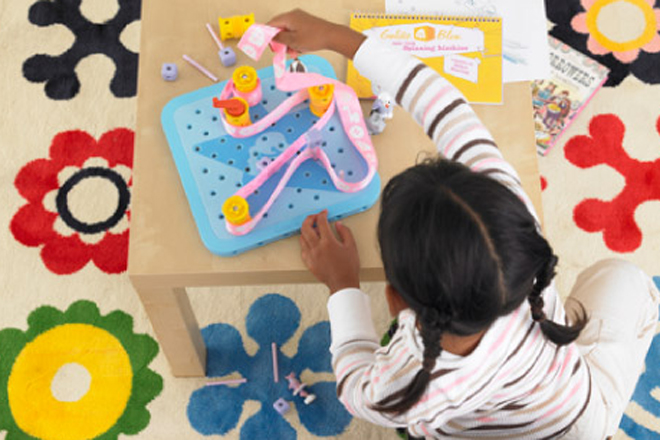Tweets can get you in trouble, if you're Cee Lo Green or any other doofus making idiotic comments... but they can also be a valuable source of information. Who knew that a 140 character social media app would become, not only a first hand reporting medium, but a useful tool for piecing together the aftermath of a natural disaster.
 This month marks the anniversary of the devastating Colorado floods that wiped out miles of canyon roads and bridges, and significant portions of small mountain towns, including Estes.
This month marks the anniversary of the devastating Colorado floods that wiped out miles of canyon roads and bridges, and significant portions of small mountain towns, including Estes.
According to a study by the University of Colorado Boulder, hashtags, and GPS locations attached to pictures sent on Twitter, detailed the scope of damage to the area's infrastructure. What they found on Twitter feeds, helped rescuers and engineers determine where to focus their efforts. And by studying what they learned in the 2013 flood, they can map out a system for effective reconnaissance after future natural disasters.
As people tweeted vivid, detailed images of damaged bridges and washed out roads, it was one of the sources of timely information. "After the fact, we compared those tweets to the damage reported by engineering reconnaissance teams and they were all well correlated." explained Shideh Dashiti, an assistant professor of civil, environmental and architectural engineering at CU-Boulder and author of the study.
This is critical because engineering reconnaissance crews generally have a narrow window to investigate within the time it's safe to enter a damaged area, and when clean up efforts eliminate the evidence of weakened infrastructure. Those investigations are crucial to to allow for proper repairs, and determine the remaining life of a bridge structure.
So, although the practice of tweeting can seem banal or narcissistic, the practice of posting those pictures provides invaluable evidence, which can ultimately save lives. As we are learning in other cases, Twitter as the first draft of history provides evidence that can answer questions that would otherwise be left unanswered.
Source: Colorado.edu







